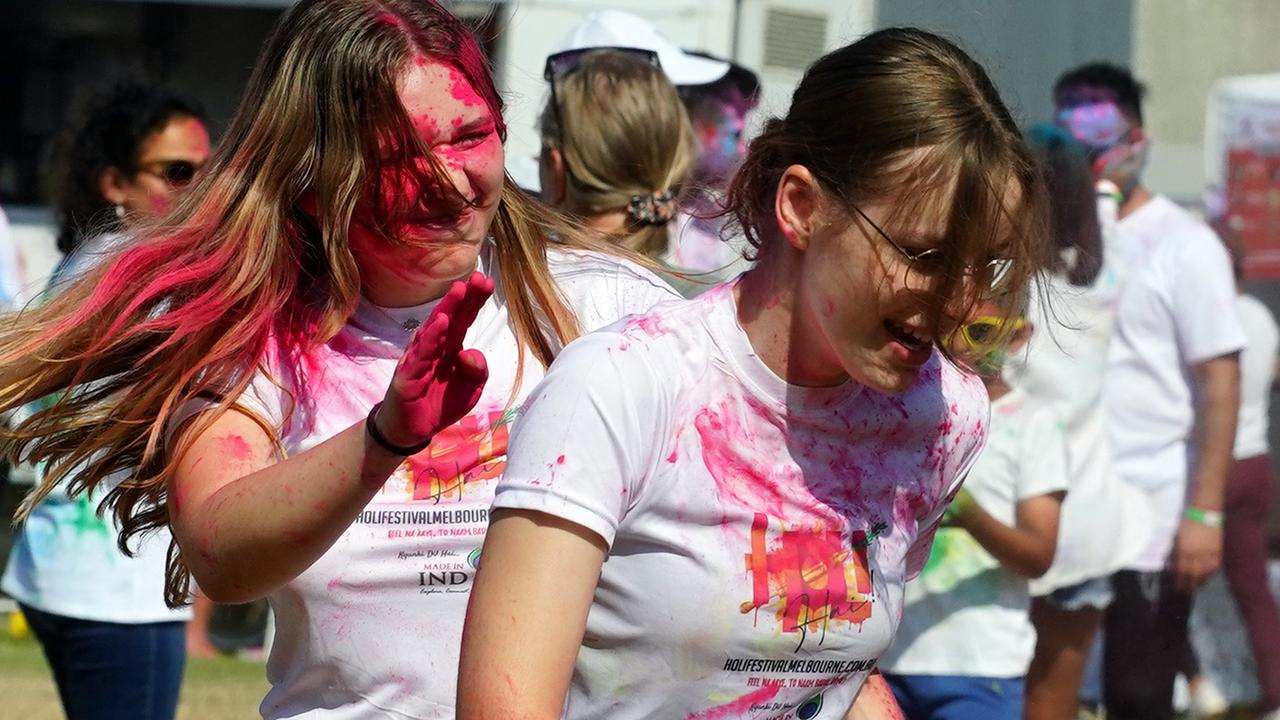The places social media has ruined
YOU know those places you’ve seen all over your Instagram feed and are dying to go to? That might be a bad idea. They’ve all been ruined.
“INSTAGRAM or it didn’t happen.”
It’s the social media trend that is ruining many of the world’s beautiful spots because of that photo you simply had to get or that place you had to visit.
Instagram has played a huge role the past few years in transforming hidden or unknown places into places of global social media stardom. It shouldn’t come as a surprise, then, that many of them have cracked (some literally) under the pressure.
Some have become dangerous, others have been forced to close and some are even calling for no more tourists.
These are the spots social media has ruined.
WEDDING CAKE ROCK, ROYAL NATIONAL PARK, NSW
The pure white rocky outcrop that clings precariously to a cliff in the Royal National Park reached cult Instagram fame in the summer of 2014.
Following a massive surge in foot traffic last year, which saw the site’s usual 2,000 monthly visitors climb to 10,000 in the same time period, park rangers were forced to cordon off the rock in May of last year.
A geotechnical survey of the rock revealed its incredible instability and estimated that within the next 10 years it would crumble into the sea.
Signs warn hikers to “not risk your life for a photograph” and a solid metal fence sprung up in January in an attempt to deter visitors from stepping out onto the fragile rock, however many are climbing the fence and still taking the photo.
“We have seen on social media, people are posing next to the warning signs before they hop over the fence and take a photo on the edge,” Gary Dunnett, regional manager of Metro Southwest National Parks and Wildlife Service, told news.com.au.
“We will issue penalty notices of $300 for people who ignore the signage. Our expectation is that by issuing an amount of penalty notices, we are hoping to send a shockwave through social media, which is the same medium that started attracting people getting these photos in the first place.”
The site has already been struck by tragedy. In 2014, a French student fell 40m to his death after a nearby sandstone cliff crumbled away.
CHINA’S GLASS BRIDGES
In less than a year, two glass bridge attractions in China have been shut down.
The first incident, occurring in October last year, happened on the Yuntai Mountain walkway in the Henan province.
A tourist dropped a stainless steel mug onto the glass walkway, shattering the panel. Although only breaking one layer of the three-layered glass walkway, panic reigned as tourists caused a mini stampede trying to get off the walkway.
After a mere 13 days of being open, China’s record breaking glass bridge was also forced to close after becoming too popular with tourists.
Stretching 430 metres across the Zhangjiajie Grand Canyon, the bridge sits over 300 metres above ground.
Originally built to accommodate 8,000 visitors a day, a spokesman for the world’s longest glass skywalk said more than 10 times that turn up a day.
Following last year’s catastrophe with the Yuntai Mountain walkway, people were invited to test the strength of the glass before the world, including driving a vehicle across it and encouraging visitors to try to smash the panels with a sledge hammer.
KOH TACHAI, THAILAND
Once known as Thailand’s most beautiful island, Koh Tachai will be closed from October 15 as authorities attempt to give time for the island to recover from the pressures brought on by tourism.
Renowned for its white sand beaches and crystal clear water, the Thai island was extremely popular on social media, causing it to become quickly overcrowded.
Its tiny beaches comfortably fit around 70 people. However, during peak times, more than 1000 tourists would often be found on them along with a number of speed boats.
Tourism brought the island to the brink of destruction with much of its popularity coming from its delicate coral reefs and the opportunity to scuba dive.
Tunya Netithammakul, the National Parks Director told the Bangkok Post: “If it’s not closed now, we’ll lose Koh Tachai permanently.”
FIGURE 8 POOLS, ROYAL NATIONAL PARK, NSW
Also in the Royal National Park, south of Sydney, tourists have recently become obsessed with the Figure 8 Pools — naturally forming rock pools that are perfectly shaped like the number eight.
More than 100 people were injured in January after a massive swell swept visitors across the rocks and three women had to be airlifted to hospital to be treated for their injuries.
Following the incident, calls were made to station a lifeguard service at the rock pools from nearby Burning Palms beach, but this is unlikely.
Tourists and social media fiends are instead reminded to use their common sense. Things like only visiting the pools at low tide as well as never turning their back on the ocean are two of the most important. Even following these rules, the swell can still pose a massive risk.
With more than 2.5 million people visiting the park each year, representatives of the National Park are scrambling to update the infrastructure and information in an effort to accommodate the growing hordes of tourists.
TROLLTUNGA, NORWAY
Who doesn’t get a serious case of the travel bug when they see that iconic shot of Norway’s Trolltunga. Tourists hike through the picturesque Norwegian countryside to reach the scenic cliff, a piece of which juts out 700m above Lake Ringedalsvatnet.
In September last year, a 24-year-old Melbourne student fell to her death after she lost her footing on the cliff.
Thomas Ruud, the owner of Trolltunga Adventures, told The Australian it was a tragedy “waiting to happen”, adding that the difficulty of the trek was not understood by many tourists and had resulted in numerous rescues.
“Everything from broken bones, people not getting down before it is too dark and also tiredness,” Mr Ruud added.
Photos generally show hikers sitting on the spectacular plateau, completely isolated from the rest of the world. What many don’t realise is that just to the left of the ledge a huge queue of people wait for more than 20 minutes to get the “gram-worthy” shot.




